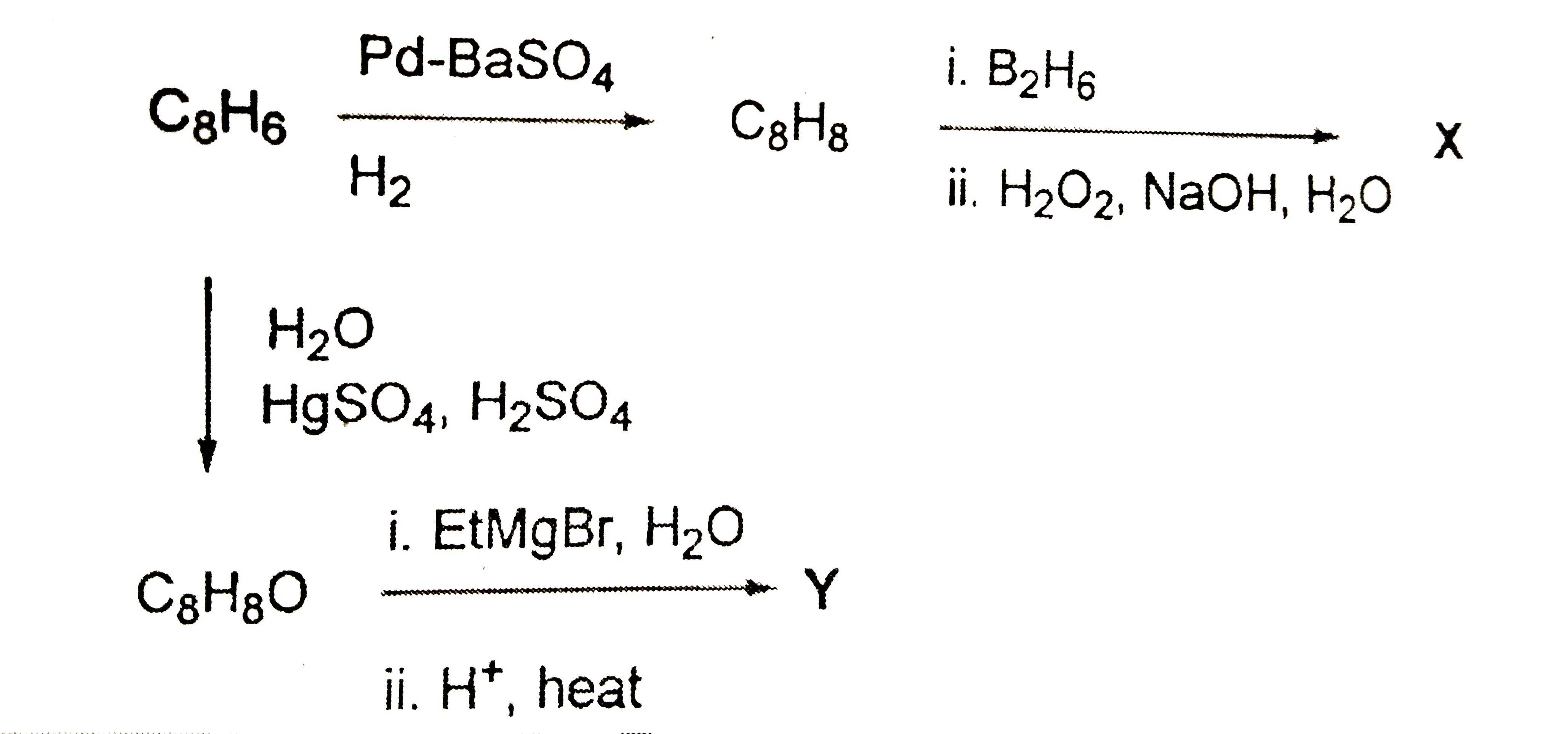Among the following reactoin of hydrogen with halogens, the one that requires a catalyst is
H2+Br2→2HBr
H2+Cl2→2HCI
H2+F2→2HF
H2+I2→2HI
To determine which reaction of hydrogen with halogens requires a catalyst, we can analyze the reactivity of hydrogen with each halogen:
1. Understanding the Role of a Catalyst: A catalyst is a substance that increases the rate of a chemical reaction without being consumed in the process. It is important to know that not all reactions require a catalyst; some can occur spontaneously.
2. Reactivity of Halogens: The halogens in order of decreasing reactivity are fluorine (F), chlorine (Cl), bromine (Br), and iodine (I). As we move down the group in the periodic table, the reactivity of halogens decreases due to an increase in atomic size and a decrease in electronegativity.
3. Analyzing Each Reaction:
- H₂ + Br₂: The reaction between hydrogen and bromine does not require a catalyst because bromine is still reactive enough to react with hydrogen readily.
- H₂ + Cl₂: Similar to bromine, chlorine is also reactive enough to react with hydrogen without needing a catalyst.
- H₂ + F₂: The reaction between hydrogen and fluorine is highly exothermic and can occur explosively without a catalyst due to fluorine's high reactivity.
- H₂ + I₂: The reaction between hydrogen and iodine is less reactive compared to the other halogens. It does not proceed readily at room temperature and typically requires a catalyst to initiate the reaction.
4. Conclusion: Among the given reactions, the one that requires a catalyst is the reaction between hydrogen and iodine (H₂ + I₂).
Final Answer: The reaction that requires a catalyst is H₂ + I₂.
---
- H₂ + Br₂: The reaction between hydrogen and bromine does not require a catalyst because bromine is still reactive enough to react with hydrogen readily.
- H₂ + Cl₂: Similar to bromine, chlorine is also reactive enough to react with hydrogen without needing a catalyst.
- H₂ + F₂: The reaction between hydrogen and fluorine is highly exothermic and can occur explosively without a catalyst due to fluorine's high reactivity.
- H₂ + I₂: The reaction between hydrogen and iodine is less reactive compared to the other halogens. It does not proceed readily at room temperature and typically requires a catalyst to initiate the reaction.
Topper's Solved these Questions
- 13-14 HYDROGEN & S-BLOCK ELEMENTBOOK - VMC MODULES ENGLISHCHAPTER - 13-14 HYDROGEN & S-BLOCK ELEMENTEXERCISE - JEE Advanced Archive
48 Videos
- 13-14 HYDROGEN & S-BLOCK ELEMENTBOOK - VMC MODULES ENGLISHCHAPTER - 13-14 HYDROGEN & S-BLOCK ELEMENTEXERCISE - Level 2 (Numerical value type )
14 Videos
- ALCOHOLS, PHENOLS & ETHERS BOOK - VMC MODULES ENGLISHCHAPTER - ALCOHOLS, PHENOLS & ETHERS EXERCISE - IN-CHAPTER EXERCISE - L
10 Videos
Similar Questions
Knowledge Check
Among the following halogens, the one which does not form an oxyacid is :
AFluorineBChlorineCBromineDIodine
Among the following transition in hydrogen and hydrogen-like spectrum, which one emits light of longest wavelength ?
View SolutionIn the following reactoins

The major compound Y is
View SolutionIn the following reactoins

The major compound Y is
View SolutionAmong the following statements, the incorrect one is
View SolutionAmong the following statements the incorrect one is:
View SolutionWhich one among the following does not have the hydrogen bond?
View SolutionGive reasons in one or two sentences for the following: The mixture of hydrazine and hydrogen peroxides with a copper (II) catalyst is used as a rocket propellant.
View Solution
